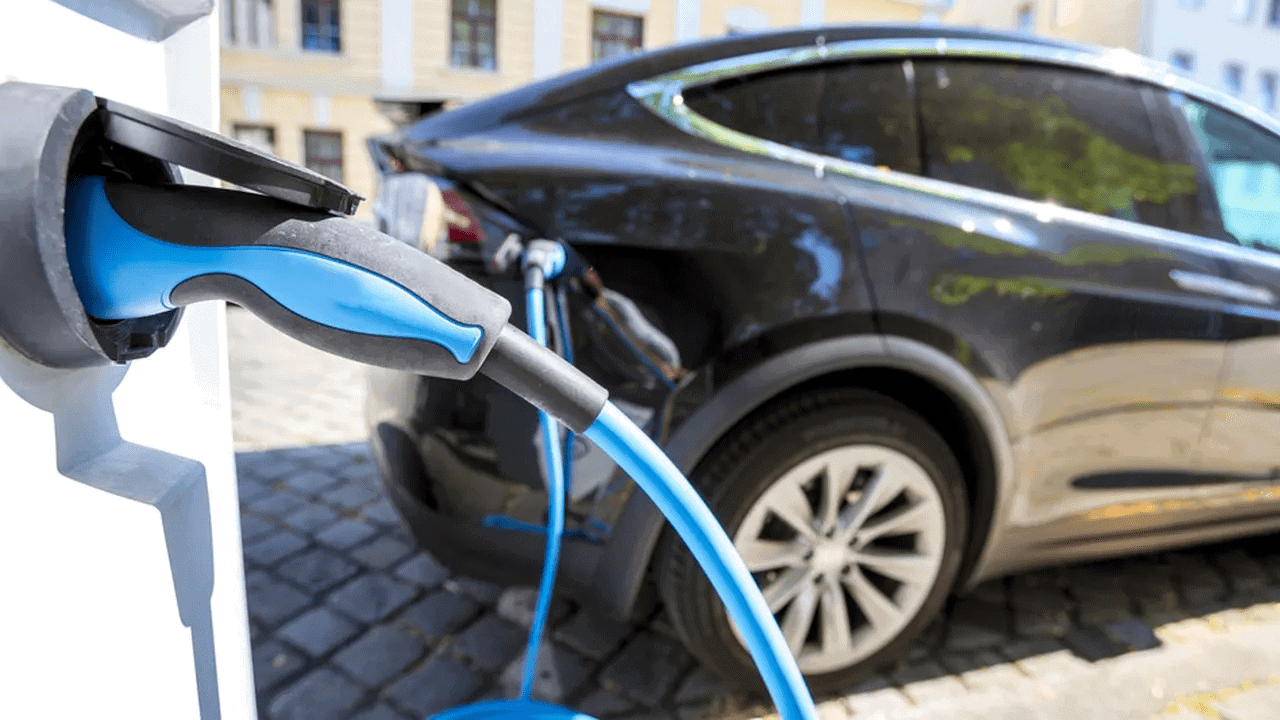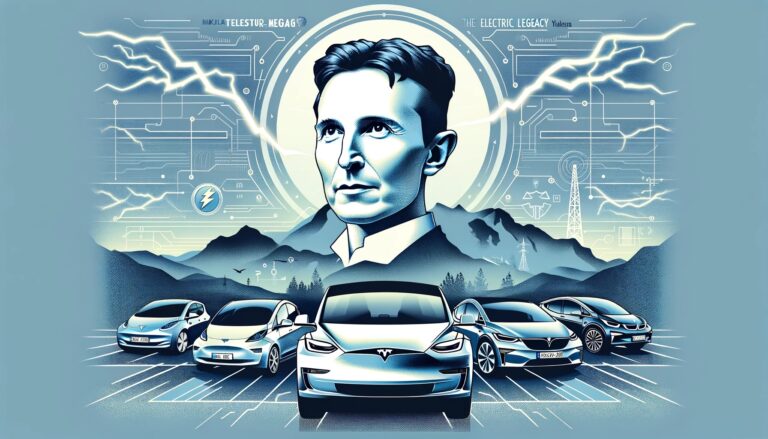Guide to installing a charging station at home
Installing a home charging station is an important step for electric vehicle owners. This Guide details the process, available options, and provides essential tips for a successful installation.
Do you want to install a charging station at the best price?
Why install a charging station?
Table of charging options for an electric vehicle
| Charging location | Terminal type | Power | Charging time (for a 50 kWh battery) | Average cost | Benefits | Disadvantages |
|---|---|---|---|---|---|---|
| Residence | Standard household socket | 2.3kW | 22 hours | 0.15 €/kWh | Low cost | Long recharge time |
| Residence | Reinforced grip (Green’Up) | 3.2kW | 15 hours | 0.15 €/kWh | Moderate cost | Long recharge time |
| Residence | Charging point | 7 kW to 22 kW | 3 to 7 hours | 0.15 €/kWh to 0.25 €/kWh | More expensive installation | Shorter recharge time |
| Public places | Accelerated charging stations | 11 kW to 22 kW | 2 to 5 hours | 0.20 €/kWh to 0.40 €/kWh | Easy access | Higher cost |
| Public places | Fast charging stations | 50 kW to 350 kW | 20 minutes to 1 hour | 0.30 €/kWh to 0.80 €/kWh | Very fast recharge | High cost |
Remarks
- Charging times are estimates and may vary depending on battery capacity, station power and ambient temperature.
- Charging costs are also estimates and may vary depending on electricity provider and station type.
- There are many grants and assistance available for installing home charging points.
- It is important to choose a charging card compatible with the network of terminals you wish to use.
Installation Process for Different Living Environments:
- Individual houses: Easier installation.
- Buildings or Condominiums: Use of the “right to take”.
Cost of charging at home for your Tesla Model Y
| Battery Capacity (kWh) | Electricity Price (€/kWh) | Total Cost per Recharge (€) | Range per Charge (km) | Cost per km (€/km) | Cost of Charging per Month for 350 km (€) |
|---|---|---|---|---|---|
| 24 | 0.15 | 3.60 | 150 | 0.024 | 8.40 |
| 60 | 0.15 | 9.00 | 300 | 0.030 | 10.50 |
| 100 | 0.15 | 15.00 | 500 | 0.030 | 10.50 |
Note : The values in the table are theoretical and may vary depending on charging efficiency, driving style, and other environmental factors.
Financial Aid for the Installation of a Charging Station for your Tesla Model Y:
- Programs and Grants: Advenir program, local aid.
- Tax credit: Up to 300 euros for purchase and installation.
Select a Qualified IRVE Installer:
- Experience and Qualifications: Check skills.
- References and Reviews: Check customer feedback.
- Transparent Quote: Understand detailed costs.
- Guarantees Offered: Ensure the quality of the installation.
- Effective Communication: Importance of good interaction.
Importance of Installing Home Charging Stations:
- Revolution in Consumption Modes: Home charging as a pivot.
- Adaptation of Infrastructure: Necessary development of existing infrastructure.
Conclusion
Installing a home charging station is a step towards more sustainable mobility. With varied options and financial assistance available, this guide will help you make the choice that suits your needs, while making the installation process easier.
Creating an effective FAQ (Frequently Asked Questions) for the installation of home charging stations is essential to inform and reassure potential users of electric vehicles. Here is a structured and SEO-optimized template, following a dialectical method that presents common questions, informative answers, and an informed perspective on the subject.
FAQ: Installation of a Home Charging Station
Q1: What is an electric vehicle (EV) home charging station?
Answer : A home charging station is a device for recharging the batteries of an electric vehicle. Unlike a standard outlet, it offers faster and safer charging thanks to advanced features like scheduling charging schedules and surge protection.
Perspective :
Installing a home station transforms your charging experience, providing convenience and peace of mind. It is a step towards energy autonomy and a reduction in the carbon footprint.
Q2: What types of charging stations are available?
Answer : There are primarily two types of charging stations: Level 1 and Level 2 stations. Level 1 stations use a standard 120-volt outlet, while Level 2 stations operate on a 240-volt outlet, allowing for charging. recharges much faster.
Perspective :
Opting for a level 2 terminal is generally recommended for domestic use, because it offers a better compromise between charging time and installation cost.
Answer : Location should be chosen based on easy access to your vehicle, proximity to a power source, and protection from bad weather. Installing near the home’s electrical panel can also reduce installation costs.
Perspective :
When considering the ideal location, you must also take into account the future evolution of your needs, particularly if you are planning the purchase of a second electric vehicle.
Q4: What is the cost of installing a home charging station?
Answer : The cost can vary significantly depending on the type of terminal chosen, the complexity of the electrical installation required and the installer’s prices. On average, the cost is between 600 and 2,000 euros, installation included.
Perspective :
Although the initial investment may seem high, the long-term savings in cost per charge and potential increase in the value of your property may justify it.
Q5: Do I need a permit to install a charging station in my home?
Answer : It depends on local regulations. In most cases, a declaration of works to your town hall is sufficient, but it is always recommended to check the specificities applicable in your region.
Perspective :
Finding out about administrative formalities is a key step to avoiding any setbacks. Sometimes grants or assistance may be available to ease the cost of installation.
Answer : Installation must be carried out by a qualified professional. It involves checking the electrical capacity of your home, installing a dedicated circuit from the electrical panel, and fixing the terminal to a wall or to a specific pole.
Perspective :
Choosing a certified installer not only ensures an installation that complies with safety standards, but also offers you a guarantee on the work carried out.
Conclusion
Installing a home charging station is an investment in the future, both for the environment and for daily comfort. It represents a key element of the energy transition towards cleaner mobility. By informing yourself and preparing your installation project, you are actively contributing to the electric vehicle revolution.






